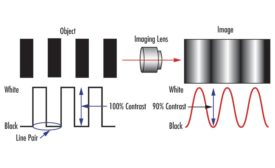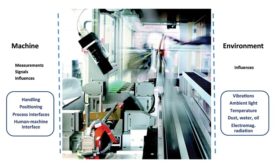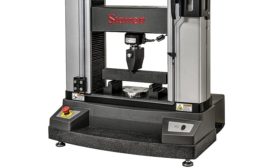Home » Keywords: » specifications
Items Tagged with 'specifications'
ARTICLES
In the past, cameras were once the limiting component for performance in and imaging system. Today, lenses have become the critical component in many applications.
Read More
Keeping Up Standards in Machine Vision
The use of industrial vision as part of Industry 4.0 and smart factories has been discussed extensively in recent years, but requires machines to speak the same language.
November 15, 2018
How Proper Specification of Load Cell Sensors Can Improve Force Measurement
Accuracy is only one of many characteristics that should be examined before selecting a sensor for an application.
November 8, 2018
The Ideal Stylus System
Choosing the right components and construction impacts your measuring result
September 1, 2018
The Effective System Integrator
Risks are inherent in any engineering activity such as system integration.
July 1, 2017
Get our new eMagazine delivered to your inbox every month.
Stay in the know with Quality’s comprehensive coverage of the manufacturing and metrology industries.
SIGN UP TODAY!Copyright ©2024. All Rights Reserved BNP Media.
Design, CMS, Hosting & Web Development :: ePublishing




